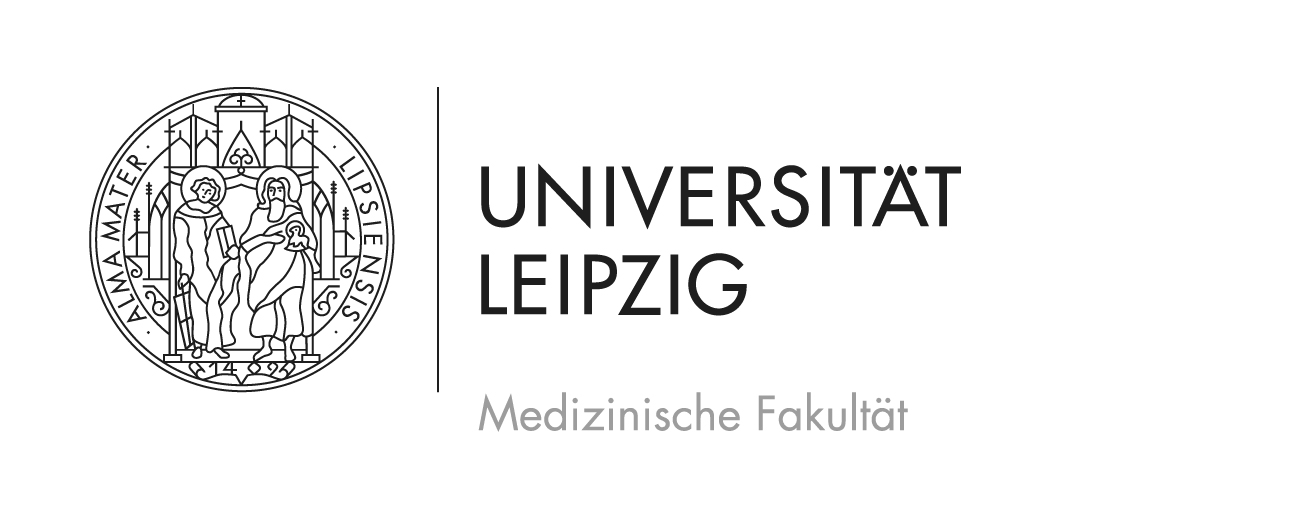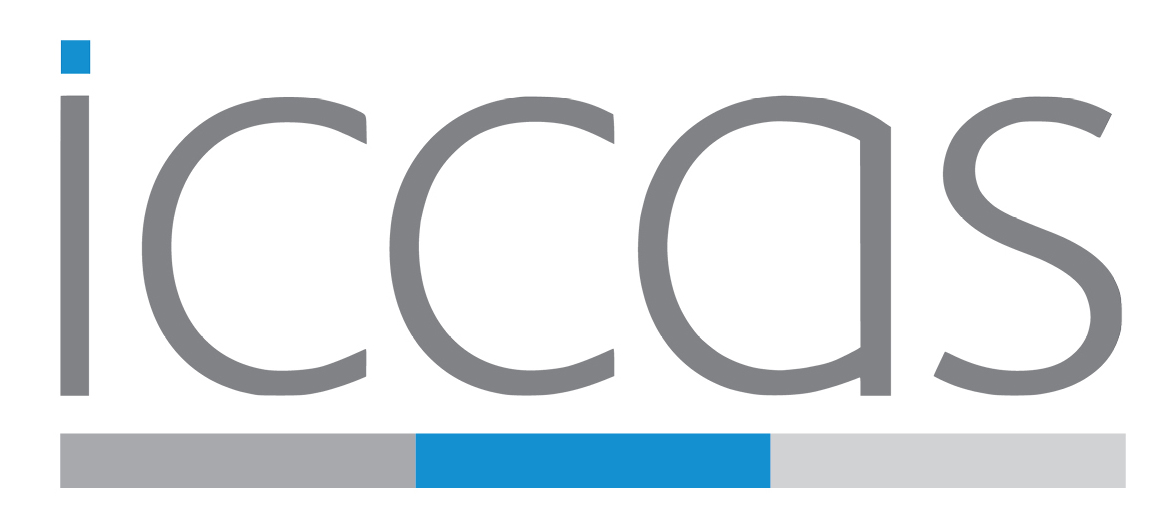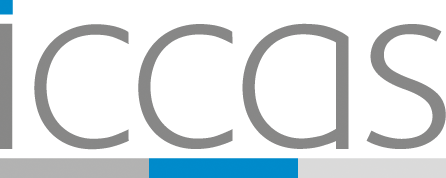24.06.2025
 DaDriv-StAC
DaDriv-StAC
The DaDriv-StAC project aims to develop a digital platform that enables data-driven decision support in the aftercare of stroke patients. The focus is on researching and applying the innovative concept of virtual medical twins. These will integrate and analyse complex health data from different sectors – such as acute hospitals, rehabilitation facilities and the outpatient sector – and compare it with standardized and individual treatment paths. Artificial intelligence (AI) will be used to derive treatment recommendations that support personalized and guideline-based treatment throughout the entire course of care.
As stroke aftercare is particularly challenging due to individual risk factors, secondary diseases and long-term restrictions such as paralysis or speech disorders, DaDriv-StAC aims to improve cross-sector networking and continuous therapy monitoring. To date, there has been a lack of corresponding technological platforms that dynamically update, network and evaluate health data in a meaningful way for those treating patients. The project is the first to implement the concept of a dynamic virtual twin in stroke aftercare, which continuously adapts to the course of treatment and thus enables data-based feedback to practitioners and patients.
Leipzig University Medicine (UML) is playing a central role in this. Together with Actimi GmbH, it is developing the platform and conducting a clinical feasibility study to evaluate acceptance, effectiveness and practicability. In addition, the data collected will be used for medical quality assurance and process optimization.
The technological core of the project is the creation of a new data model that integrates medical, clinical and subjective patient data (e.g. PROMs/PREMs). Based on this, new analysis and decision-making methods will be developed that enable a more precise assessment of risk factors and the comparison of individual progressions with optimal treatment paths.
The project thus addresses key challenges facing the healthcare system: it aims to close information gaps, improve treatment quality and contribute to more efficient, personalized care in the long term. The results will be both scientifically published and prepared for later commercial scaling.
DaDriv-StAC meets the objectives of the funding line for the development of data-driven decision-making and support systems in the healthcare sector and makes an important contribution to digitalization and innovation in medical care.
19.06.2025
 SUSTAINET – guarDian
SUSTAINET – guarDian
The SUSTAINET-guarDian project is developing secure, resilient and sustainable mobile communications infrastructures based on a further development of today’s 5G technologies towards a service-based architecture. It deliberately avoids a completely new 6G generation. The focus is on a robust security architecture, automated network control and the targeted use of artificial intelligence (AI) to make networks efficient, reliable and scalable.
Important goals are the standardization of authentication and encryption, protection across untrusted network segments and the protection of AI over its entire life cycle. Cyber resilience is strengthened by modern measures such as homomorphic encryption, quantum key exchange and trustworthy cloud usage.
Another focus is on sustainability and energy efficiency. This includes distributed learning, efficient algorithms and methods for reducing energy consumption. The solutions developed will be tested and optimized using practical demonstrators in the areas of smart grid and medical applications.
21.03.2025
 Rea-FBS
Rea-FBS
The aim of this research and development project is to significantly increase the chances of survival after a sudden cardiovascular arrest. The focus is on the development of a portable, non-invasive ultrasound device that measures the blood flow in the common carotid artery in real time during resuscitation. Immediate feedback is intended to optimize the quality of cardiac massage, leading to an improved oxygen supply to the brain.
Another important part of the project is a study investigating the relationship between the measured blood flow values and the neurological prognosis of patients. The novel Doppler ultrasound method used enables precise vessel localization without complex parameterization and is designed to be used safely by both medical professionals and lay helpers.
The device is suitable for both clinical and preclinical emergency situations and offers the potential to significantly improve resuscitation measures.
The project is being carried out in close cooperation between Leipzig University Medical Center and the company GAMPT, with the clinical studies taking place under the direction of Leipzig University Medical Center and the further development and production of the device taking place in Germany.
10.01.2025
 Clinical relevance HSI/MSI
Clinical relevance HSI/MSI
Multi- and hyperspectral imaging (MSI and HSI) can support the intraoperative assessment of tissue perfusion, identification of tissue structures and tumor tissue. The aim of this project is to acquire and analyze spectral data with different MSI and HSI systems in a (pre-)clinical environment. Potential clinical fields of application and limits of the technology will be evaluated. Furthermore, procedures for the automatic classification and visualization of tissue using spectral image data are developed and implemented. The resulting information will be available to surgeons intraoperatively using augmented reality methods.
 QoE
QoE
The project “Development of a system for a Quality of Experience in telemedical data exchange (QoE)” aims to improve the quality of telemedicine in mobile medical units. Telemedicine applications, especially in rural or remote areas, suffer from unstable network connections. The QoE system prioritizes medically relevant data and reduces less important data streams in order to make optimal use of the connection quality in real time. It compensates for fluctuations in network quality through intelligent data prioritization and compression to ensure continuous, high-quality treatment. The focus is on applications in emergency vehicles, where network coverage is often inadequate. The use of modern technologies such as AI and data-intensive IT concepts ensures reliable and high-quality telemedical care.
17.09.2024
 SoKoRoMed
SoKoRoMed
The project “Soft- und Kontinuums-Robotik für medizinische Anwendungen (SoKoRoMed)” is concerned with the development of patient- and application-specific soft end effectors for clinical interventions. (read more)
30.07.2024
 SurgiTrace
SurgiTrace
The SurgiTrace project aims to develop an intelligent, AI-supported system for effective resource planning during surgical procedures. (read more)
12.07.2024
 FazioTrain
FazioTrain
As part of the FaszioTrain project, a realistic training environment for fasciotomies on the lower leg is being developed in collaboration with Phacon GmbH. To this end, various types of tissue are being produced using rapid prototyping methods and integrated into a model that replicates the physical properties, colours and textures of real anatomical structures. The model will consist of several anatomical structures that realistically reproduce the real anatomy of the lower leg, including the various compartments, nerves and vessels. To enable the realistic simulation of fasciotomy, the model will simulate the swelling of blood congestion in the tissue and the resulting pressure on the nerve tracts. Users should learn how to open the tissue properly, work their way to the release point and achieve the best possible relief.
06.05.2024
 TeleNoma
TeleNoma
The TeleNoma project aims to develop an improved communications infrastructure for mobile medical teams and facilities in rural and underserved areas. The core of the project is the use of nomadic radio networks and the integration of 5G technologies in an open platform to provide a cost-effective and scalable solution for telemedicine applications. The project aims to develop a hardware-software kit that establishes a temporary nomadic 5G radio network and realises a seamless connection of medical devices and applications for mobile medical teams in an easy-to-use solution. By combining nomadic radio networks and telemedicine, a new overall technical concept is to be developed that can bring medicine at the level of a maximum care provider to underserved areas. The availability of a suitable communication and medical IT infrastructure should enable efficient medical services such as diagnoses, treatments, vaccinations, consultations and preventive medical check-ups as well as the ad-hoc deployment of medical teams in special or crisis situations.
 Certainty
Certainty
The EU consortium “CERTAINTY – A Cellular Immunotherapy Virtual Twin for Personalized Cancer Treatment” has launched a 4.5-year project to implement virtual twin technology for cancer therapy personalization. Immunotherapies have gained traction in oncology, involving comprehensive data collection to guide diagnosis, treatment, and monitoring. ICCAS aims to harness these data through virtual twins that simulate disease prognosis and treatment outcomes. The project develops technological infrastructure for virtual twins, multimodal data evaluation, personalized predictions, and context-specific user interfaces to support clinical decision-making.
CERTAINTY integrates various analysis methods and prediction models into a comprehensive, multimodal representation of patients, enhancing personalized simulations and clinical decisions. A modular virtual twin for cancer treatment is being created, initially focusing on CAR T-cell therapies and multiple myeloma. The twin will reflect the unique pathophysiology of each patient, updating continuously during treatment, emphasizing molecular patterns, big data processing, machine learning, in vitro models, and mechanistic models. The project prioritizes secure interfaces for data access while considering socio-economic factors and future applications.




